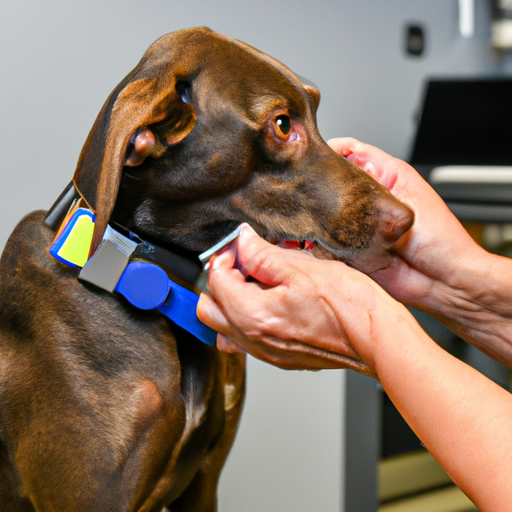Understanding Microchipping
You’ve probably heard about microchipping your dog, but do you really know what it entails? Microchipping is a simple and safe procedure that could mean the difference between losing your pet forever and a joyful reunion. The microchip, a tiny device about the size of a grain of rice, is implanted under your dog’s skin, usually between the shoulder blades. This chip carries a unique identification number, and when it’s scanned by a vet or shelter, it can provide them with all the information they need to get your furry friend back home safely.
Where the Procedure Happens
While you may be wondering where this procedure takes place, it’s a fairly common service that most veterinary clinics and animal shelters provide. Here’s a short list of places:
- Veterinary Clinics – Your trusted vet can do it during a regular check-up.
- Animal Shelters – Some shelters chip their animals as a standard procedure.
- Pet Rescue Organizations – Many rescue groups chip their animals before rehoming them.
- Special Events – Look out for local events like community fairs or pet shows where chipping services may be offered.
| Place | Offers Microchipping |
|---|---|
| Veterinary Clinics | Yes |
| Animal Shelters | Yes |
| Pet Rescue Organizations | Yes |
| Special Events | Sometimes |
The Procedure
The procedure itself is quick, simple, and safe, very similar to a routine vaccination.
- First, the vet or technician will use a special syringe to insert the microchip under your dog’s skin.
- Next, they’ll use a scanner to read the chip and make sure it’s functioning correctly.
- Finally, you’ll be given a registration form to fill out with your contact information.
Post-Procedure Care
Once your dog is chipped, there’s very little you need to do in terms of post-procedure care. The insertion site may be slightly sore for a few days, but most dogs don’t even seem to notice. The chip remains there for your pet’s entire life. The most important part is ensuring the microchip is registered and the information is kept up to date, so if your dog ever gets lost, they can be returned to you quickly.
Why It’s Important
The importance of microchipping cannot be overstated. It’s a simple procedure that can significantly increase the chances of a lost pet being reunited with their owner. Remember, it’s not just about you – it’s about providing the best possible care for your beloved canine companion.
FAQs
Q: Does microchipping hurt the dog?
A: The procedure is similar to a vaccination shot and most dogs don’t react any more than they would to that.
Q: Can a microchip move around once it’s implanted?
A: It’s very rare, but there have been cases where a microchip will migrate from the original location. Regular vet checks can ensure it’s still in place.
Q: How much does it cost to get my dog microchipped?
A: The cost varies, but it’s usually around $45, which includes registration in a pet recovery database.
Q: Can anyone scan the chip?
A: No, special scanners are needed to read the microchip. These are commonly found at vets and animal shelters.
Q: Do I need to update the chip information?
A: Yes, if you move or change your phone number, updating the chip’s information is crucial to ensure your pet can be returned to you.



